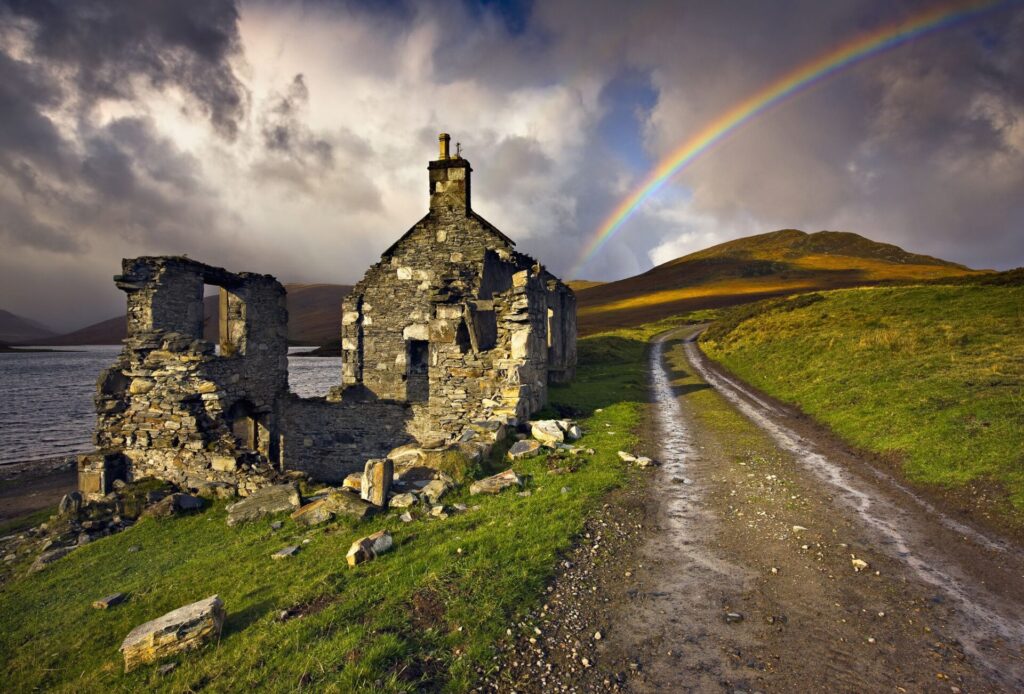Northern Scotland faces a ‘remarkable’ rise of temperature that is 16.8C (62.2F) in the early hours of Sunday – which becomes record high for this time of year.
This unseasonable warm weather condition is named as the Foehn Effect by the Forecasters which can easily described as the effect of climate change.
Unusual warm weather also covers North-eastern England and northern Wales with 13.3C recorded in Chillingham Barns, Northumberland, and 11.5C in Rhyl.
It basically happens in the mountainous area where one side of the mountain becomes wet and cold where other side of the mountain becomes warm and dry.
When the humid air is pushed over high ground by the strong wind, this kind of situation occurs.
As the moisture-filled air rises, it cools and condenses, resulting in clouds and rain. This then releases dry air, which moves down the mountain’s other side, heating up and raising ground level temperatures as it travels.
The effect then collides with flap of warm air that are arriving from the southern Atlantic and caused Britain being warmer than Athens and Rome.
This is the common scenario in eastern Scotland, north-eastern Wales and north-eastern England but very surprising also to everyone that it occurring in this period of the year.
“It was extremely rare to see such high temperatures overnight this late in the year,” Alex Burkill, a meteorologist for the Met Office said.
“Getting temperatures of 16 or 17 degrees in December isn’t all that unusual but it’s remarkable that this was during the night,” he added.
Whole UK experienced this condition and the meteorologist predict that the temperature will expected to drop in the new year.
The current record for the highest daytime maximum temperature in December in the UK is 18.3C, registered in Achnashellach in the Scottish Highlands on 2 December 1948.
> Dipto Paul
Unusual Temperature Rise in Northern Scotland

Unusual Temperature Rise in Northern Scotland
